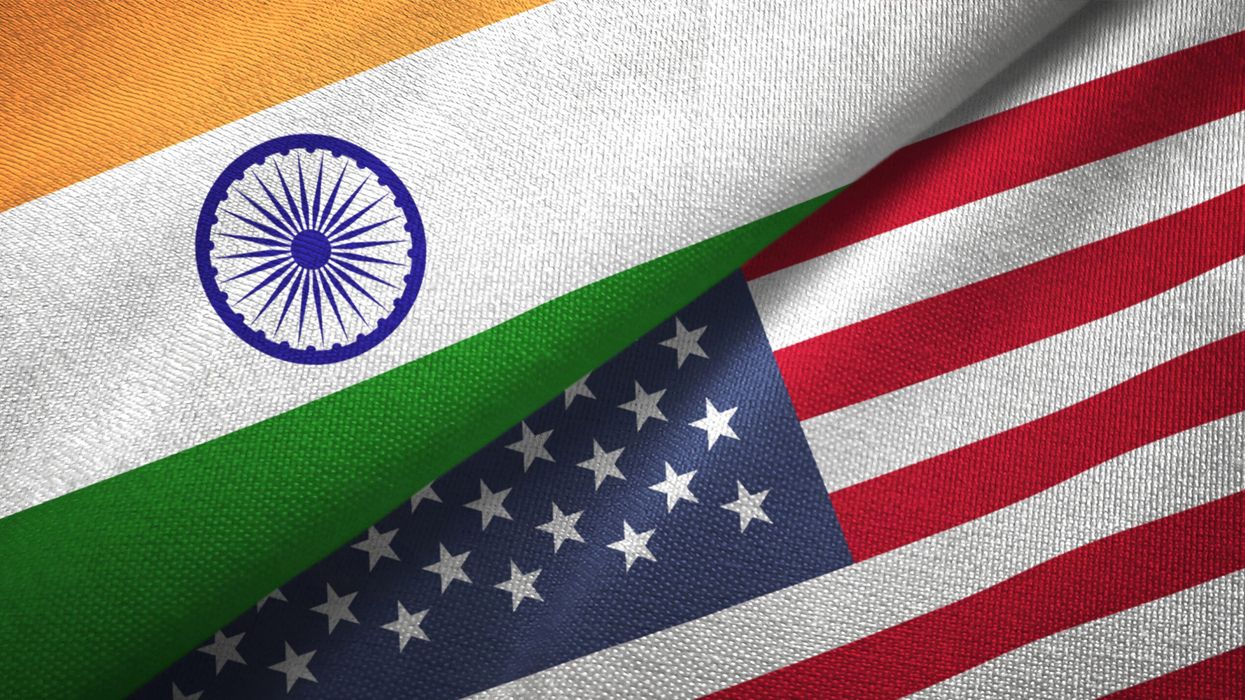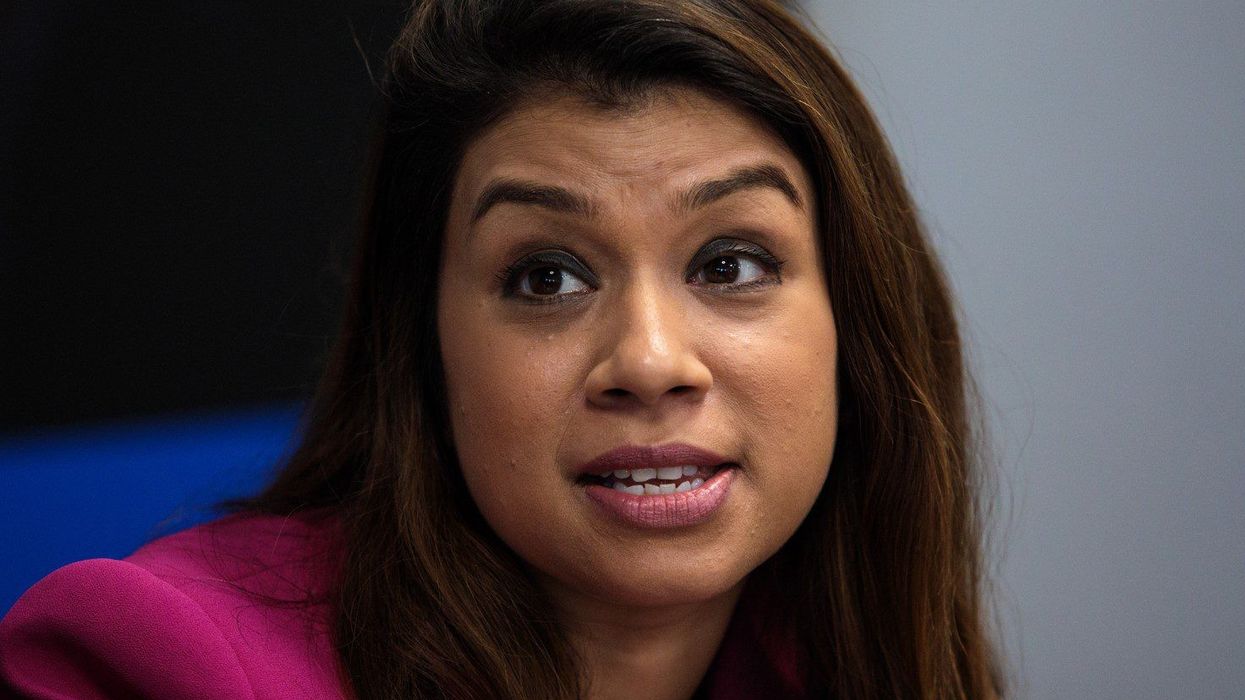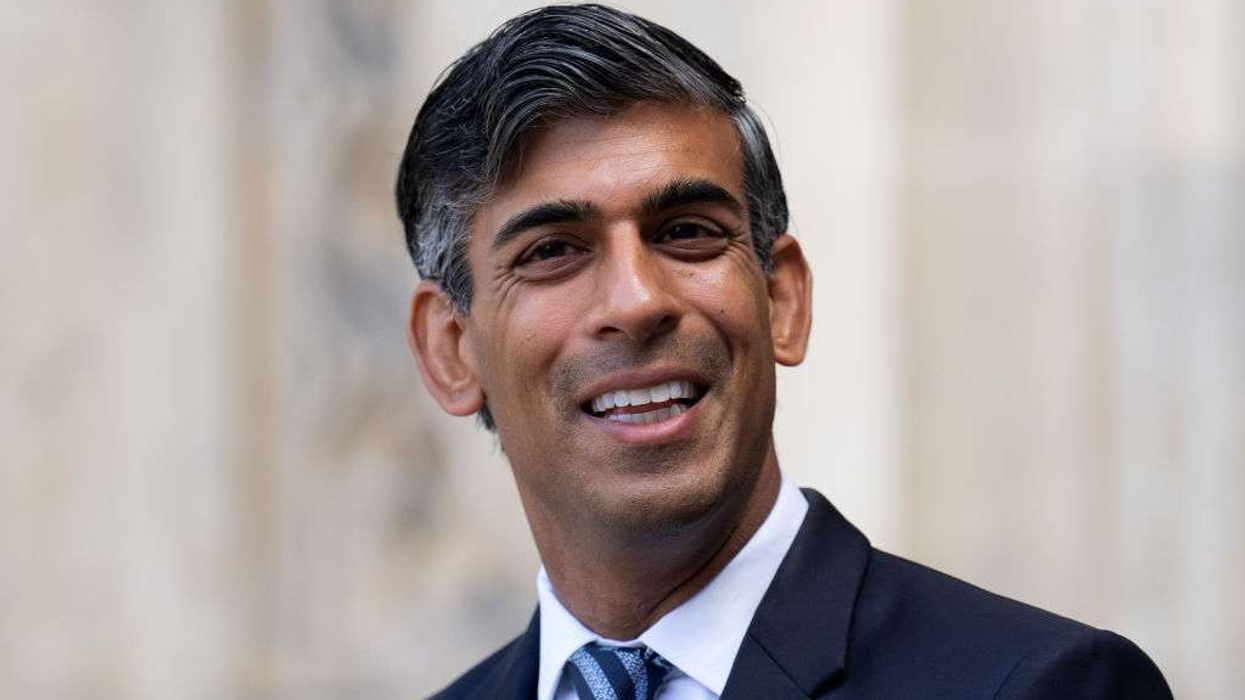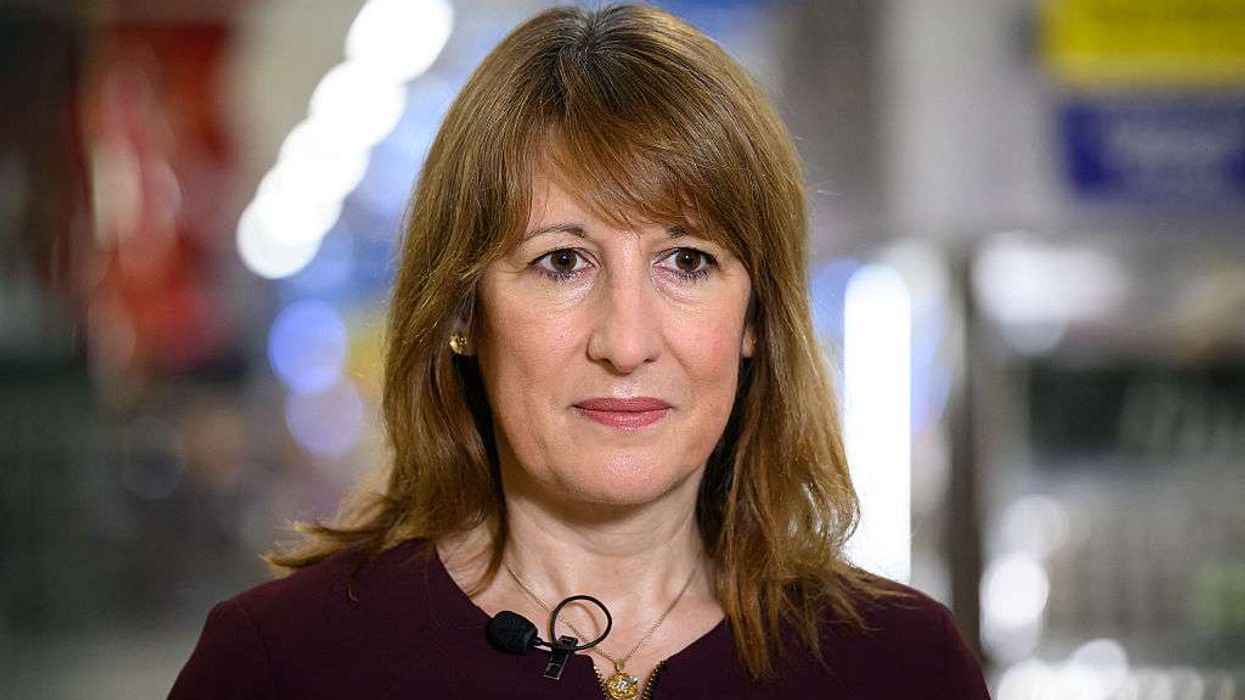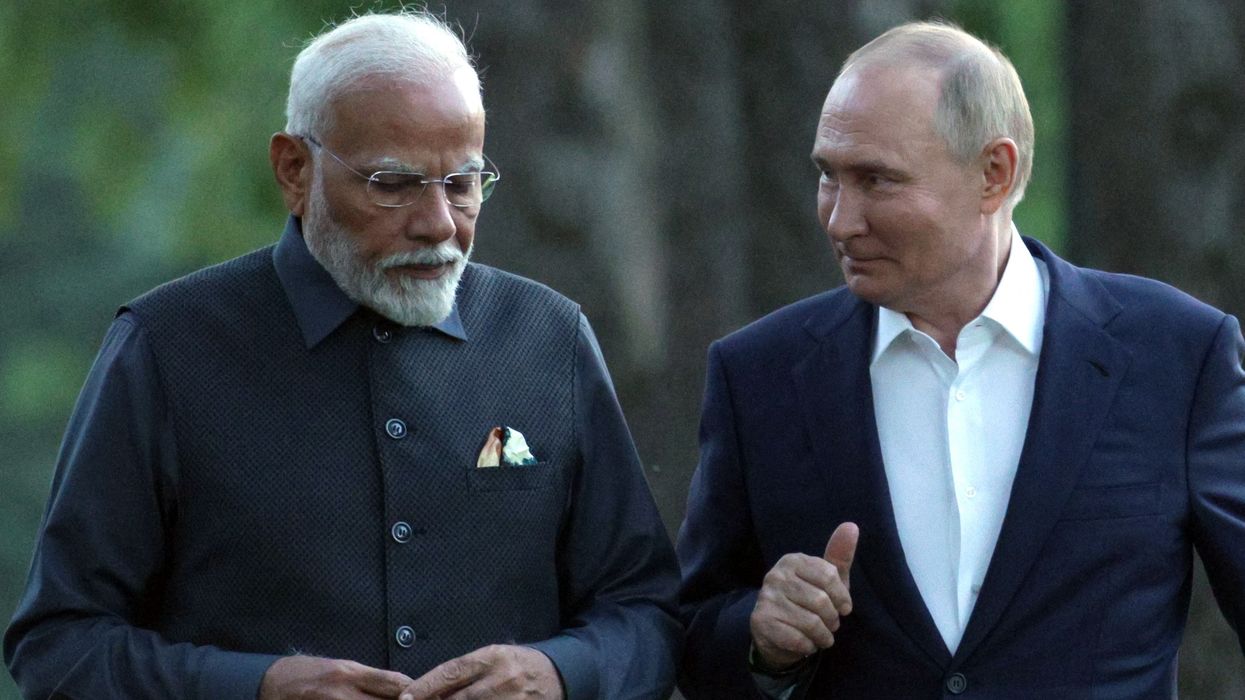THE UNITED STATES was India's largest trading partner for the fourth consecutive year in 2024-25, with bilateral trade amounting to £98.9 billion (USD 131.84 billion), according to government data.
In the same period, India's trade deficit with China increased to £74.4 billion (USD 99.2 billion).
India’s exports to China declined by 14.5 per cent to £10.7 billion (USD 14.25 billion) in 2024-25, compared to £12.5 billion (USD 16.66 billion) in 2023-24.
Imports from China rose by 11.52 per cent to £85.1 billion (USD 113.45 billion) in 2024-25, up from £76.3 billion (USD 101.73 billion) in the previous fiscal.
This pushed the trade deficit with China up by about 17 per cent, from £63.8 billion (USD 85.07 billion) in 2023-24 to £74.4 billion (USD 99.2 billion) in 2024-25.
China remained India's second-largest trading partner, with two-way trade of £95.8 billion (USD 127.7 billion) in 2024-25, compared to £88.8 billion (USD 118.4 billion) in the previous year.
Commerce ministry data showed that China was India’s top trading partner between 2013-14 and 2017-18, and again in 2020-21.
Before China, the United Arab Emirates (UAE) held the top position. The US has been India’s largest trading partner since 2021-22.
In 2024-25, the UAE was India’s third-largest trading partner, with trade valued at £75.4 billion (USD 100.5 billion).
India’s exports to the US increased by 11.6 per cent to £64.9 billion (USD 86.51 billion) in 2024-25, from £58.1 billion (USD 77.52 billion) in 2023-24.
Imports from the US rose by 7.44 per cent to £34 billion (USD 45.33 billion), up from £31.7 billion (USD 42.2 billion).
The trade surplus with the US grew to £30.9 billion (USD 41.18 billion) in 2024-25, compared to £26.5 billion (USD 35.32 billion) in 2023-24.
India’s main exports to the US in 2024 included drug formulations and biologicals (£6.1 billion/USD 8.1 billion), telecom instruments (£4.9 billion/USD 6.5 billion), precious and semi-precious stones (£4 billion/USD 5.3 billion), petroleum products (£3.1 billion/USD 4.1 billion), gold and other precious metal jewellery (£2.4 billion/USD 3.2 billion), ready-made garments of cotton including accessories (£2.1 billion/USD 2.8 billion), and iron and steel products (£2 billion/USD 2.7 billion).
Key imports from the US were crude oil (£3.4 billion/USD 4.5 billion), petroleum products (£2.7 billion/USD 3.6 billion), coal and coke (£2.5 billion/USD 3.4 billion), cut and polished diamonds (£2 billion/USD 2.6 billion), electric machinery (£1 billion/USD 1.4 billion), aircraft, spacecraft and parts (£975 million/USD 1.3 billion), and gold (£975 million/USD 1.3 billion).
The trade between India and the US is expected to grow further, with both countries negotiating a trade agreement.
The goal is to increase two-way trade in goods and services to £375 billion (USD 500 billion) by 2030, up from the current level of £143.3 billion (USD 191 billion).
(With inputs from PTI)
